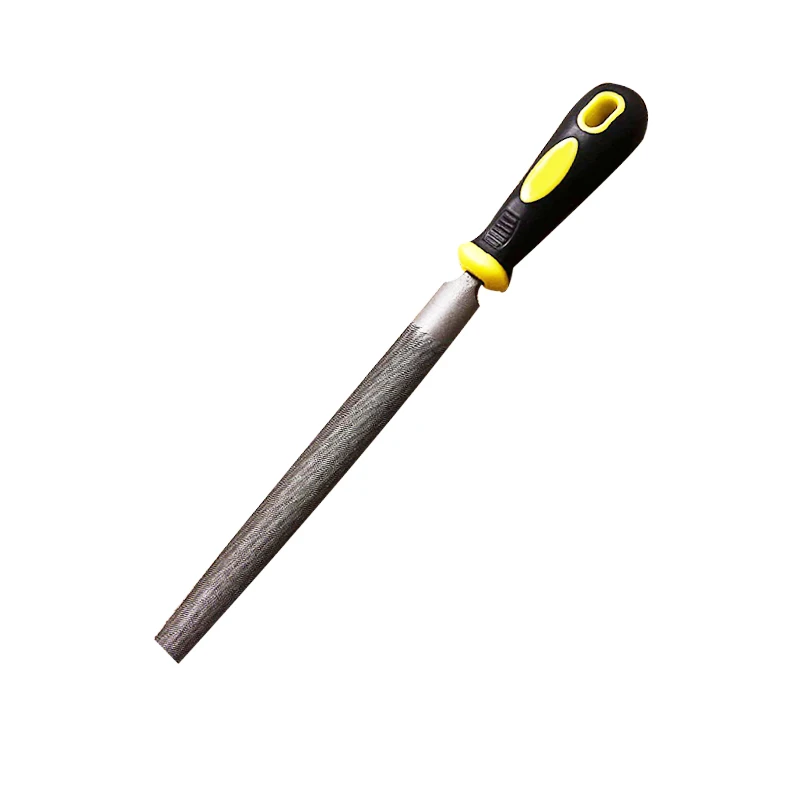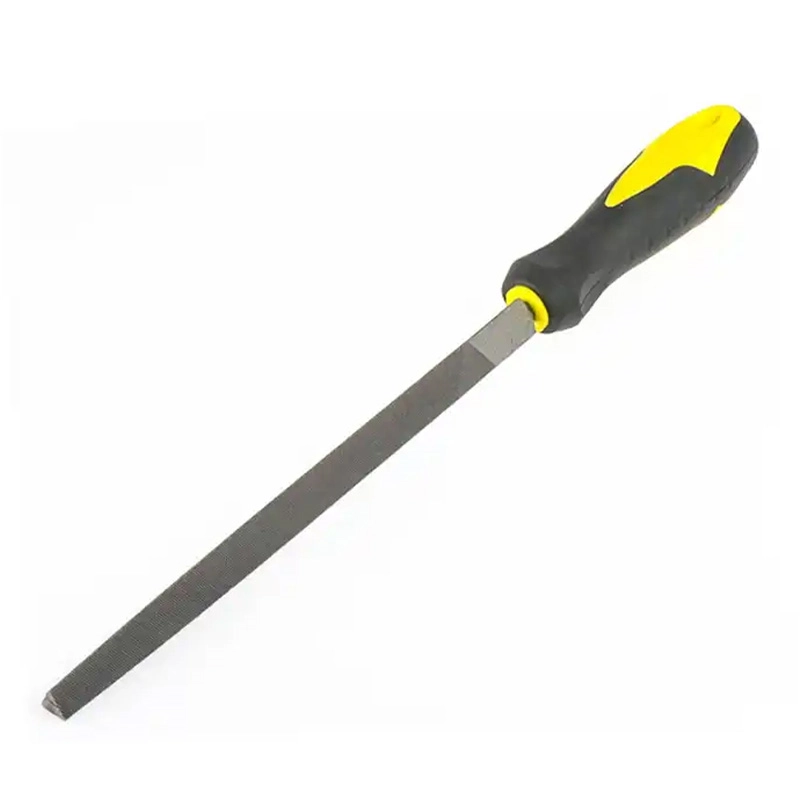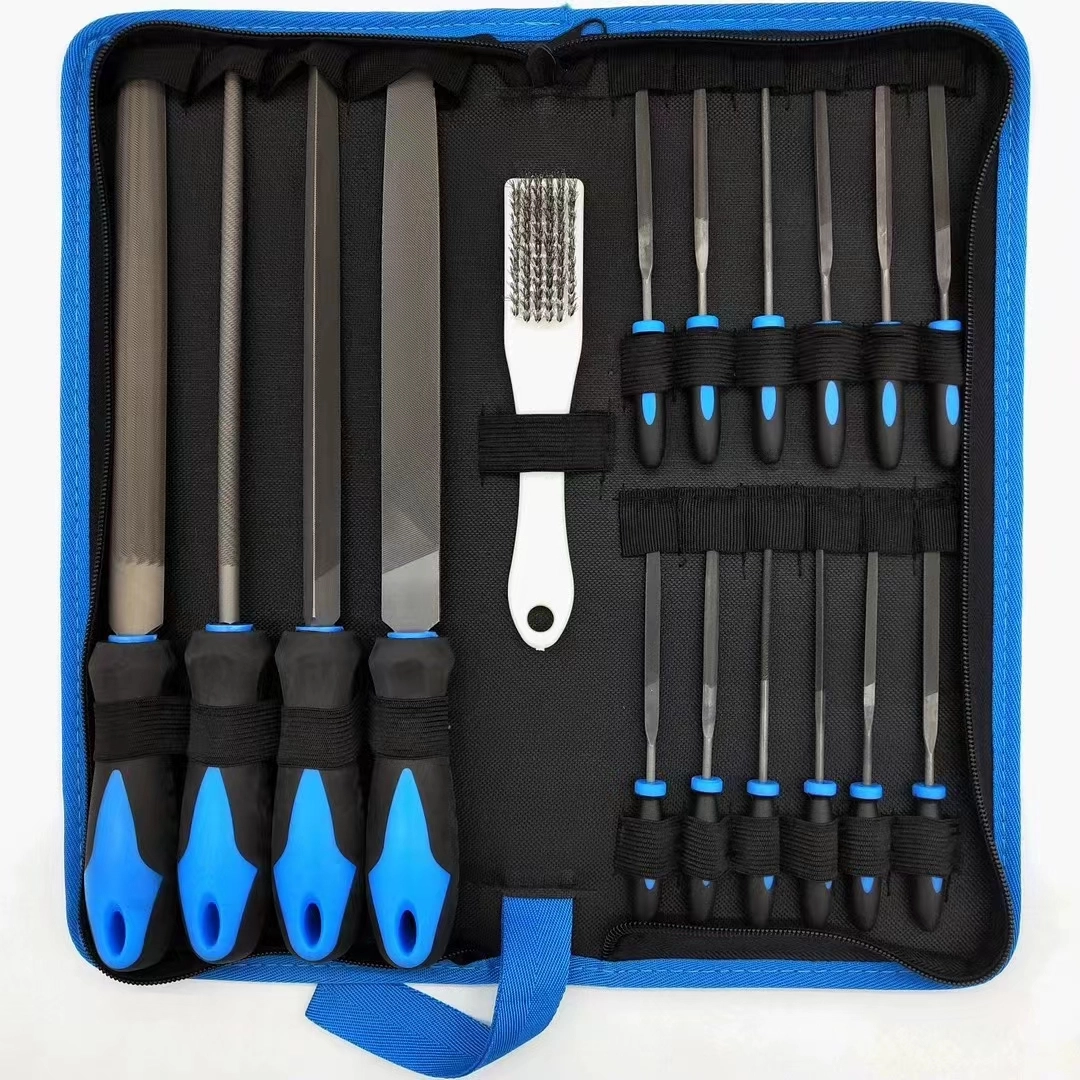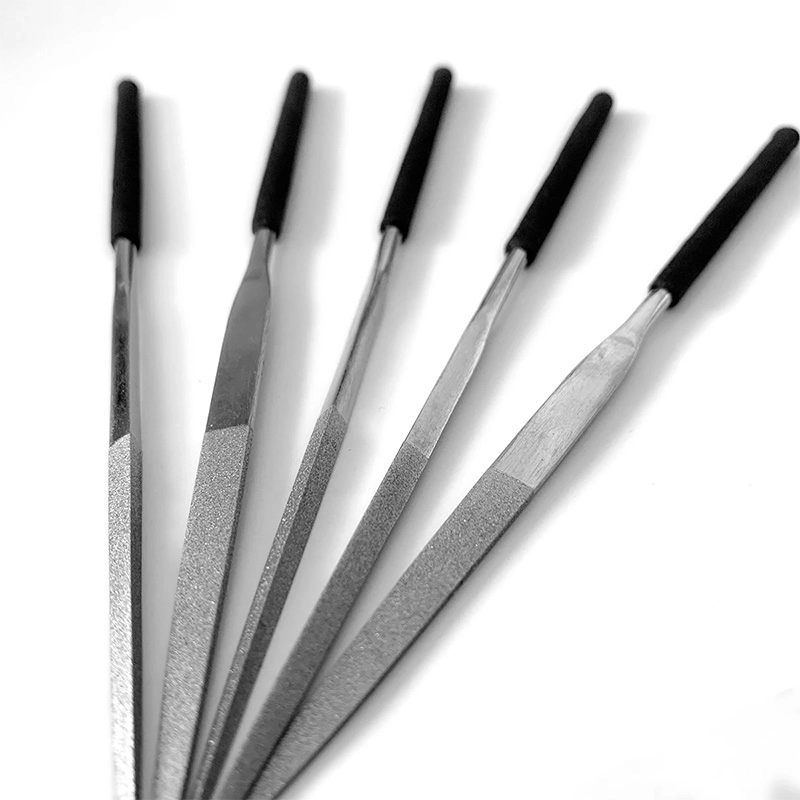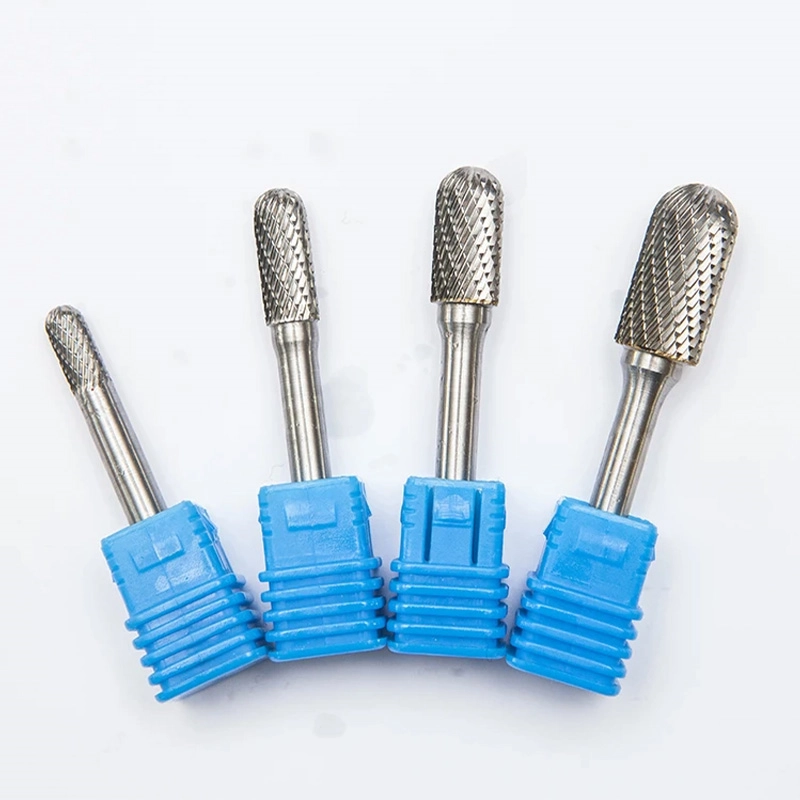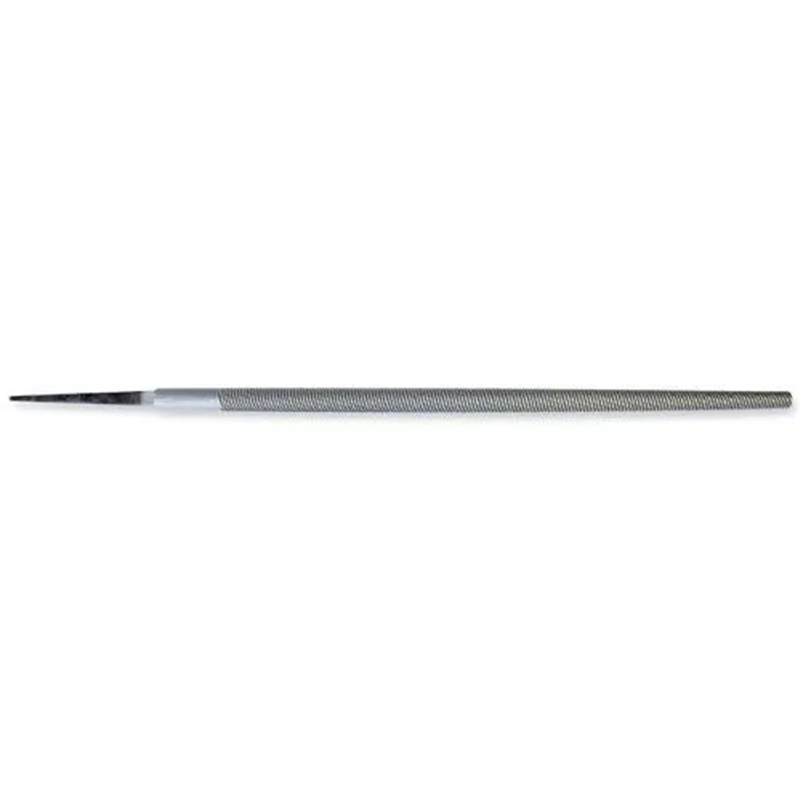According to the shape and use of the file teeth, steel files can be divided into flat files, square files, round files, semi-circular files, triangular files and many other types. Flat file is mainly used for filing plane and cylindrical surface; Square file is used to file square holes, grooves, etc. Circular file is used for filing circular holes and internal cambered surfaces; Semi-circular file can file plane, inner arc surface and outer arc surface; Triangular files are used to file internal corners, triangular grooves, etc.
Regularly check the gear wear of steel file. If it is found that the file teeth are seriously worn, they should be replaced or repaired in time. Generally speaking, when the file teeth are worn to a certain extent, the filing effect will be obviously reduced. For example, if the file feels laborious or the surface roughness of the file does not meet the requirements, it is necessary to consider replacing the steel file.
At the same time, check the surface of the steel file for rust spots or other damage. If you find a small amount of rust, you can use sandpaper or wire brush to gently remove the rust, and then carry out rust prevention treatment again. In addition, check whether the file handle is firm, and repair it in time if it is loose, so as to avoid the file handle falling off during use and affecting the operation safety.
Matters Needing Attention in the Use of Steel File
When using a steel file, you should hold it correctly. Generally, you should hold the file handle with your right hand and support the workpiece with your left hand. When filing, keep the file balanced and stable, and avoid the file shaking, so as to avoid the uneven surface of the file.
In the process of filing, pay attention to the moving direction of the file. Apply pressure when pushing the file, but do not apply pressure when pulling it back, so as not to damage the file teeth.
File teeth with different thicknesses are suitable for different processing stages and should be selected reasonably according to the processing requirements. Moreover, the file should be cleaned up in time after use to prevent the accumulation of file debris from affecting the filing effect, and the file should be maintained regularly, such as oiling to prevent rust.
Daily Maintenance Methods of Steel File
Clean
After each use of the steel file, the metal chips or other sundries on the file teeth should be cleaned in time. You can use a wire brush to gently brush along the direction of the file teeth to remove the chips attached to the file teeth. This is because if the chips remain between the filing teeth, it will affect the efficiency and quality of filing. For example, when filing soft metals such as aluminum, aluminium scrap tends to accumulate between the filing teeth. If it is not cleaned in time, the filing surface will be uneven in the next filing.
For stubborn chips that are difficult to brush off, you can use small tools such as toothpicks or tweezers to pick them out. At the same time, you can also tap the čelična turpija on a clean hardwood board to make the chips loose and fall.
Be rustproof
Steel file is a metal tool, which is easy to rust. In order to prevent rust, the steel file should be dried after cleaning, and the water on its surface can be absorbed by clean cotton cloth or paper towel. Then apply a layer of antirust oil. Antirust oil can form a protective film on the surface of steel file to isolate air and moisture and prevent rust.
It is very important to choose the appropriate antirust oil. Generally, light mechanical oil or special tool antirust oil can be used. When applying antirust oil, make sure that the oil covers the surface of the steel file evenly, including the file body and the file handle. For steel files that have not been used for a long time, rust prevention measures should be taken. They can be placed in a dry and ventilated place, and rust prevention oil should be checked and reapplied regularly.
Deposit
Steel files should be stored in a dry and well-ventilated environment. Avoid storing in a damp basement or near a water source, because the damp environment will accelerate the rusting of steel files. You can hang the steel file on the tool rack or put it in a special tool box, and avoid the file teeth colliding with other metal tools to avoid damaging the file teeth.
If multiple steel files are stored together, it is best to separate them with soft materials such as sponges or cloth strips to prevent the file teeth from rubbing against each other. At the same time, the temperature of the place where the steel file is stored should be appropriate to avoid too high or too low temperature, because extreme temperature may affect the material properties of the steel file.



